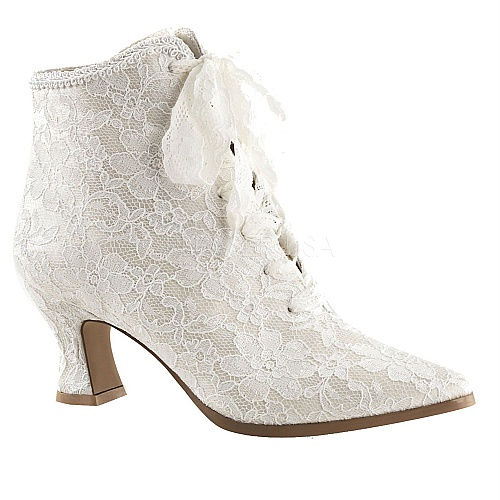When dreaming of their big day, many women begin to imagine the stunning dress they will wear as they march down the aisle to marry the man of their dreams. Months of planning are spent to make sure the big day will go without any problems – invites are sent out, seating plans are formulated and the whole thing can be run with military precision to make sure there are no glitches come the wedding ceremony and the party afterwards. Yet, more often than not, practical consideration for what shoes to wear can be virtually zero.

Getting Cozy Shoes
Often hidden beneath layers of flowing fabric and trails, many women give scant consideration to their feet – something which, on a day when the bride will be standing around for hours on end, can be potentially problematic. Even the brides who do consider in advance the possibility they will have sore feet, and think that the sacrifice will be worth it. Whilst many brides are happy to put looks over comfort they may not be thinking about the long term impact that such decisions will make that can lead to injuries of the muscles and ligaments whilst further worsening injuries to bunions and hammer toes. Yet, with some consideration, it is possible to alleviate most of these problems.
Go For Lower Heels
When picking out wedding shoes it is advisable, if possible, to go for lower heels. Even if you are particularly short, in comparison to the groom or the rest of the wedding party, the extra pressure that a pair of five inch stilettos can put on the bride’s feet, ankles, calves, spine and ligaments can be exponential. If necessary take one pair of higher heels to pose for photographs in and for the ceremony itself but take another pair to wear for the majority of the day afterwards; for the dancing in the evening and for the night time party it could be better, and comfier, to wear flats. It is advisable that the shoes you wear are no higher than two inches tall.
Wedding shoes should also be shaped comfortably. Wide, rounded toes are much better in this respect to pointed or tight shoes which may force the wearer’s toes into unnatural positions which can cause damage to the feet. The best way to check if a shoe is a good fit is, once on, to see if you can wiggle your toes. If so, these shoes will be better for you than tighter ones. Similarly make sure that you have a flexible sole that allows the toes to bend in a natural fashion whilst you walk. Plastic or vinyl shoes are unlikely to allow your foot to properly breathe so it could be worth looking for shoes which have some “give”. Another piece of advice is to “break in” your shoes before the big day by wearing them around the house so they are less rigid when the big day arrives than they were in the shop. Although this is not a perfect solution, it is better than allowing too much chafing.
Behind the wedding dress itself, shoes can be, to many individuals, one of the most important parts of their outfit so it is essential that they are as stylish as they are comfortable and practical. Buy considering comfort as well as style it is possible to avoid injury whilst also looking good; this way, when waking up the morning after their will be a pair of injury free feet to match all the happy memories you will have made!
